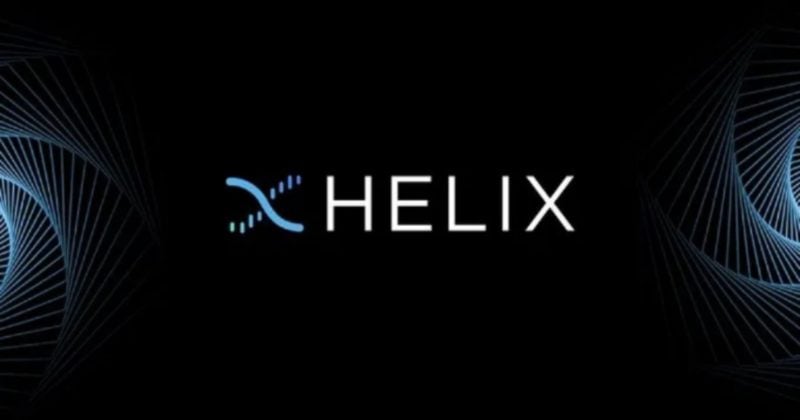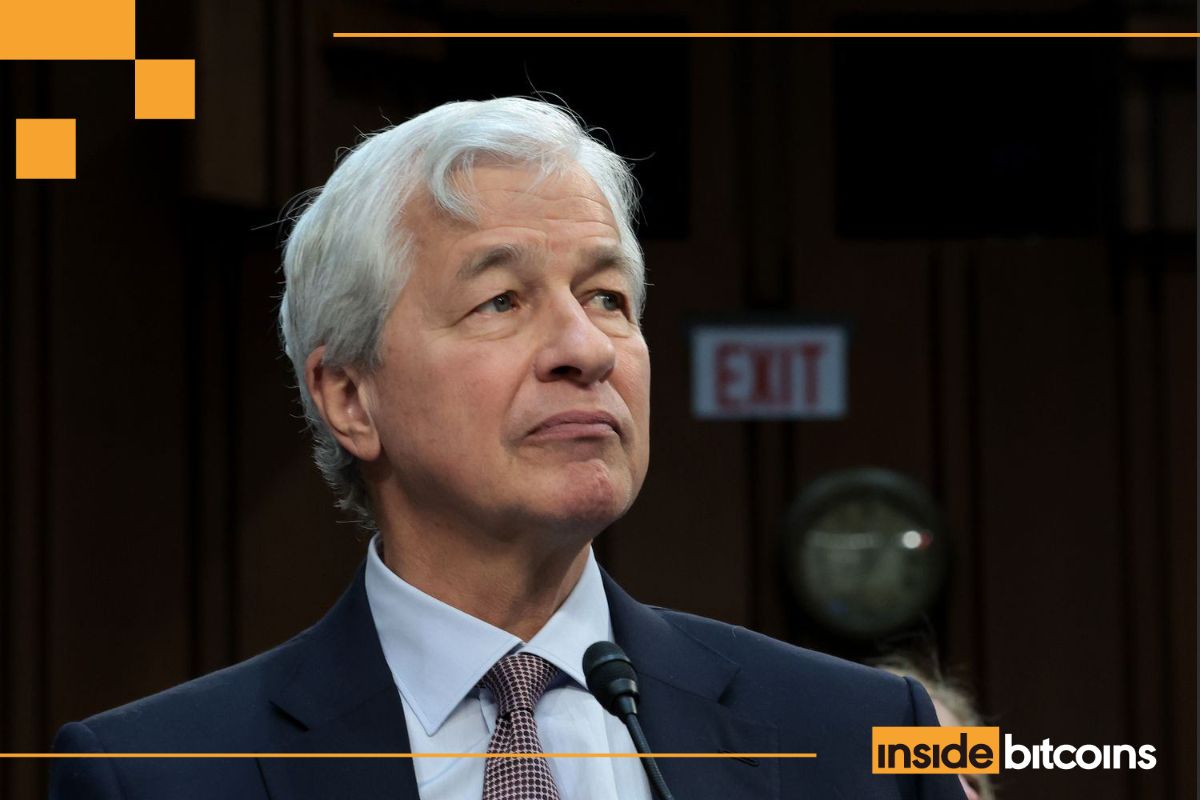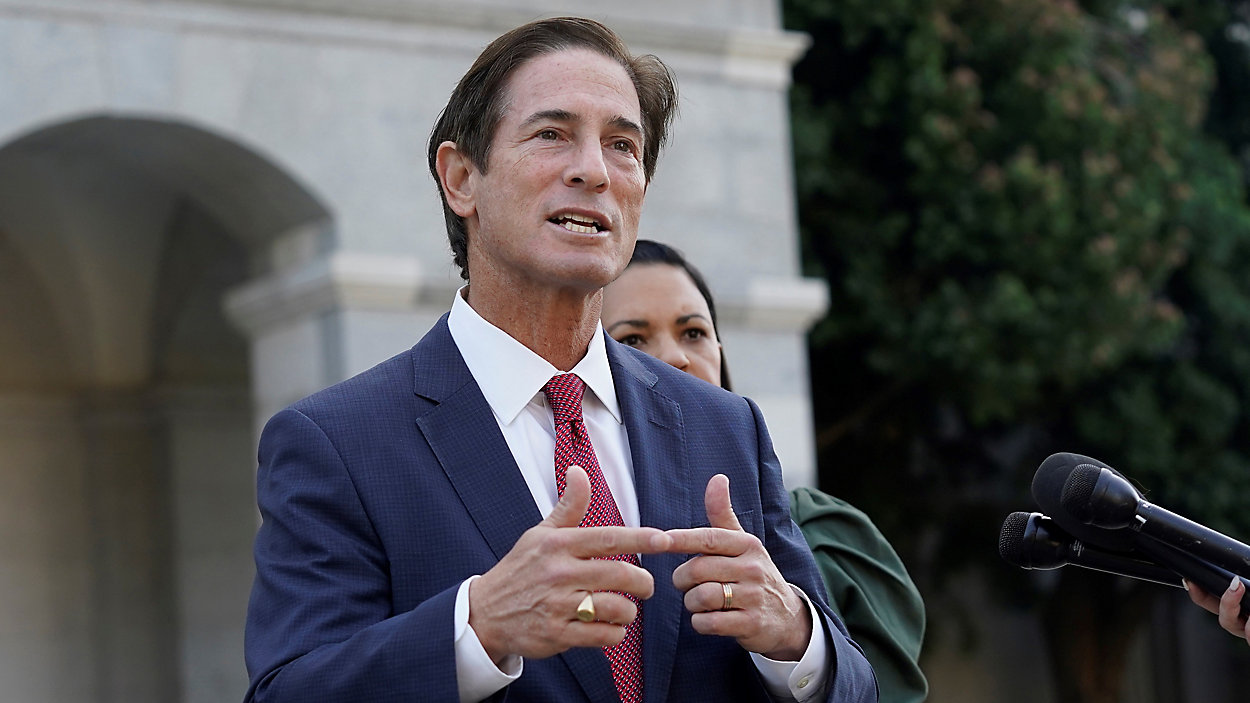BNY Mellon just joined Citi, Bernstein, and a chorus of Wall Street analysts calling for up to $3.6 trillion of digital cash by 2030.
The bet is that stablecoins and tokenized deposits will become core market plumbing, replacing correspondent banking friction and lubricating corporate treasury operations.
The question: does that world exist outside a slide deck, and if it does materialize, does it supercharge Bitcoin and Ethereum liquidity or wall them off in permissioned silos?
BNY Mellon’s November 10 report projects $3.6 trillion by 2030, split between roughly $1.5 trillion in fiat stablecoins and $2.1 trillion in tokenized bank deposits and money market funds.
Citi pegged a base case of $1.6 trillion stablecoins with a bull scenario reaching $3.7 trillion and a bear case collapsing to $500 billion if regulation and integration stall.
Bernstein called for $2.8 trillion by 2028, driven by DeFi, payments, and remittances.
JPMorgan swung the other direction in July, cutting projections and warning that mainstream adoption is overhyped, pegging a sub-$500 billion range by 2028 absent clearer use cases and regulatory clarity.
However, the global stablecoin market cap stands at around $304 billion as of press time, with over 90% of the market pegged to the US dollar, dominated by USDT and USDC.
Usage remains heavily crypto-infrastructure centric, applied to trading, perpetuals, and as DeFi collateral. Payments and real-world settlement are still a minority share. Wall Street is effectively betting on a five- to twelve-fold expansion in five years.
What has to go right in banking, compliance, and user experience to get there, and what does that mean for Bitcoin and Ethereum liquidity?
What must happen in banking
Three ingredients are non-negotiable for a multi-trillion-dollar scale.
First, regulated issuance at scale. The GENIUS Act, passed in 2025, establishes licensing requirements for payment stablecoin issuers, mandates 100% reserve backing in cash and short-term U.S. Treasury securities, and stipulates audits and anti-money laundering compliance.
It’s designed to allow banks and qualified non-banks to issue dollar stablecoins in large quantities. The EU’s MiCA framework, Hong Kong’s stablecoin regime, and other jurisdictions now provide clear but sometimes restrictive rules that Citi and BNY cite as prerequisites for their operations.
The UK’s Bank of England has imposed caps on systemic stablecoin holdings and reserve requirements, including a 40% requirement held at the central bank.
The $3.6 trillion forecast assumes that the US framework scales issuers instead of capping them, and that at least a few G10 jurisdictions allow bank-grade stablecoins and tokenized deposits that can be held on corporate balance sheets, money market funds, and central counterparty clearinghouses.
If major jurisdictions copy the Bank of England’s caps model, the forecast breaks.
Second, bank participation beyond fintechs. What forecasts like those from BNY and Citi implicitly assume is that large banks issue tokenized deposits used as collateral, for intraday liquidity, and in wholesale payments.
Stablecoins and tokenized cash become standard in repo and securities lending, margin for derivatives clearing, and corporate treasury sweeps.
If banks stay on the sidelines and only a handful of crypto-native issuers scale, the market will not reach its full potential of trillions. Instead, it remains a larger but still niche market, valued at $400 billion to $800 billion.
Third, seamless bridging to existing rails. BNY’s language frames this explicitly: blockchains integrate with, not replace, existing rails.
To justify $3.6 trillion, the market requires T+0 settlement between bank-ledgers and public chains, interoperability standards, and tokenized cash on bank chains that can settle one-to-one with public stablecoins.
Without that plumbing, most tokenized cash stays experimental or siloed.
Compliance and UX are the quiet kingmakers.
For the big numbers to work, institutional money requires bank-grade Know Your Customer (KYC) and anti-money laundering (AML) infrastructure, which includes allowlists, address screening, and granular blocklisting, across major stablecoins.
GENIUS-type regimes, MiCA, and Hong Kong’s framework need to converge enough that a global firm can use the same tokens across regions.
Transparent reserves matter too. Citi and BNY forecasts both assume fully reserved, boring portfolios, with Treasury bills and repos, with no Terra-style algorithmic experiments.
The fragility risk arises when compliance design pushes everything into permissioned walled gardens. DeFi and crypto-native usage become a sideshow, blunting the impact on Bitcoin and Ethereum liquidity.
User experience must look frictionless. Retail and small business wallets require stablecoin payments within the same apps people already use, such as Cash App, PayPal, and neobanks, with self-custody options available.
Enterprise tooling requires ERP and treasury systems that natively support stablecoins.
Rails must not suck: near-free, sub-second layer-2 and high-throughput layer-1 like Solana and Base as default issuance and payment rails.
Visa’s recent push to position stablecoins as invisible settlement media within card, credit, and financing products is precisely this story.
If, by 2028, people are still required to consider gas fees, chain IDs, and bridges, the $3.6 trillion call is a fantasy.
Three likely scenarios
Integration Max represents the BNY-style bullish case. GENIUS is fully implemented, MiCA is working, and Hong Kong and Singapore are friendly.
Four to six global banks issue tokenized deposits and money market funds. User experience is often invisible, as stablecoins will be integrated into banks, payment service providers, and card networks.
Digital cash and stablecoins hit roughly $1.5 trillion in public and permissioned stablecoins plus $2.1 trillion in tokenized bank money.
A large share is wholesale, sitting in intraday settlement and collateral pools. The stress point is that headline numbers appear huge, but a significant portion is not fungible with DeFi and only partially interacts with Bitcoin and Ethereum.
Rails fragmentation reflects Citi’s base case or JPMorgan’s caution. The US is friendly, the EU and UK are cautious, and many emerging markets are wary. Banks experiment but stay small. User experience and compliance friction remain non-trivial.
Stablecoins are expected to fall within the $600 billion to $1.6 trillion range by 2030. This is the range where forecasts are plausible and the impact on Bitcoin and Ethereum liquidity is tangible and visible; however, the “$3.6 trillion market revolution” is marketing.
Regulatory shock represents Citi’s bear case. A major depeg or scandal triggers regulatory overreaction. Harsh caps like the Bank of England’s model get replicated. Stablecoins stall below $500 billion, remaining primarily a tool for crypto trading.
What it means for Bitcoin and Ethereum liquidity
Today, with the stablecoin market cap at roughly $304 billion, most Bitcoin and Ethereum spot and derivatives are quoted in terms of USDT and USDC.
Stablecoins bankroll perpetuals, basis trades, and lending in centralized and decentralized finance.
If the market reaches BNY’s world and even 30% to 50% of stablecoins remain on open public chains and are composable with decentralized exchanges, perpetuals, and lending markets, then the open-crypto stablecoin float for Bitcoin and Ethereum could reach $450 billion to $750 billion.
That’s 1.5 to 2.5 times deeper dollar liquidity, which tightens spreads, boosts market depth, and allows for larger block flows with less slippage.
Tighter spreads and lower volatility at the micro level mean more capital for market makers and less friction moving in and out of Bitcoin and Ethereum.
More leverage capacity follows; a bigger stablecoin collateral pool enables more perpetuals and credit, which can amplify both rallies and liquidations.
However, much of $3.6 trillion might bypass Bitcoin and Ethereum entirely. BNY explicitly counts tokenized deposits and money market funds that may reside on permissioned chains, where assets cannot be freely swapped into Bitcoin or Ethereum, and utilizes know-your-customer allowlists to gate access.
You can have a world where $2 trillion-plus digital cash is tokenized. Still, only a few hundred billion dollars are in the free-flowing stablecoins that actually provide liquidity for Bitcoin and Ethereum.
A $3.6 trillion digital cash figure is bullish for Bitcoin and Ethereum liquidity to the extent that those tokens can be included in the same pools as perpetuals, decentralized exchanges, and prime brokers.
If they’re locked in bank-walled gardens, they’re plumbing, not fuel. Institutional desks and on-chain credit markets may prefer fully backed stablecoins and tokenized Treasury bills over Bitcoin and Ethereum as collateral, reducing structural demand.
Conversely, smoother stablecoin rails lower friction for new money flowing into stablecoins and then into Bitcoin and Ethereum, and deep, regulated stablecoin pools make it easier for ETFs and funds to arbitrage and hedge.
The $3.6 trillion target is plausible, but only if banking infrastructure, compliance design, and user experience line up across multiple jurisdictions.
For Bitcoin and Ethereum, the bullish read isn’t the size of digital dollars, but how many of them are allowed to sit in the same pool.
The forecast assumes integration, not disruption. If that integration walls off the permissionless layer, Wall Street gets its digital cash infrastructure, and crypto gets a bigger but still bounded trading pool.



























